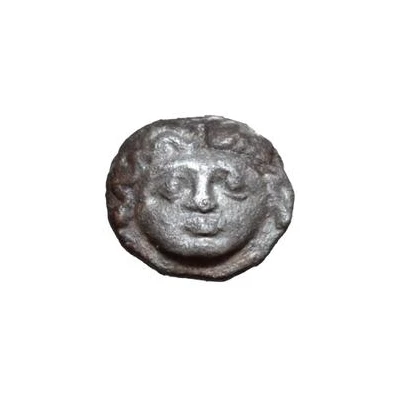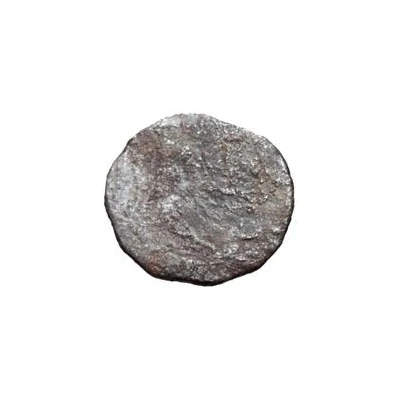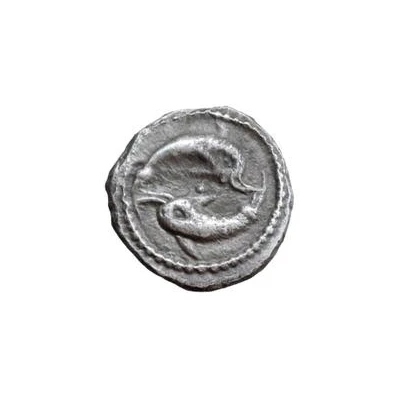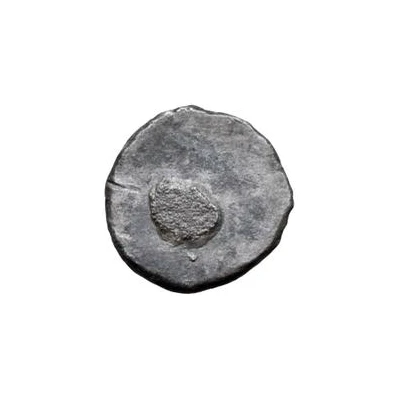1 Obol Incuse square series 550 BC - 501 BC
| Silver | 0.53 g | 7 mm |
| Issuer | Populonia (Etruria) |
|---|---|
| Type | Standard circulation coin |
| Years | 550 BC - 501 BC |
| Value | Obol (⅙) |
| Currency | Drachm (circa 550-450 BC) |
| Composition | Silver |
| Weight | 0.53 g |
| Diameter | 7 mm |
| Shape | Round (irregular) |
| Technique | Incuse |
| Demonetized | Yes |
| Updated | 2024-10-09 |
| Numista | N#179781 |
|---|---|
| Rarity index | 100% |
Reverse
Incuse square.
Edge
Plain
Comment
There has been much controversy on dating Etruscan coins, and as such, the date ranges my vary per source.The Incuse square series was struck using Populonia's first silver standard, and is Populonia's first coin series.
Interesting fact
The 1 Obol coin from Populonia (Etruria) was used as a form of currency in ancient Italy, specifically in the region of Etruria, which is now modern-day Tuscany. The coin features an incuse square design, which means that the image on the coin is sunken into the surface, giving it a unique texture and appearance. This design was a common feature of ancient Etruscan coins and was used to prevent counterfeiting. The coin was made of silver and weighed 0.53 grams, making it a valuable and durable form of currency for its time.



